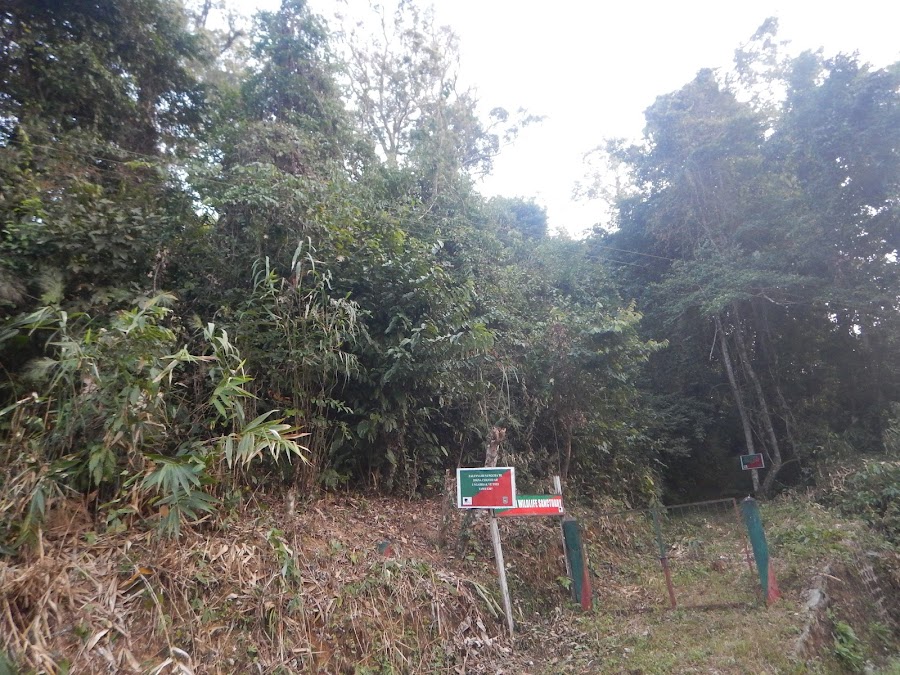
Saza Wildlife Sanctuary
Lunglei, India
- Bird watching with local guides.
- Enjoying the serene natural environment.
- Spotting rare species of flora.
- Trekking through the dense forest trails.
- Wildlife photography opportunities.
Known for:
Description:
Saza Wildlife Sanctuary, nestled in the lush landscapes of Lunglei, Mizoram, India, is a haven for nature enthusiasts and wildlife lovers. This sanctuary boasts a rich biodiversity, offering visitors a chance to witness a variety of flora and fauna in their natural habitat. The terrain is characterized by dense forests, rolling hills, and meandering streams, creating a picturesque setting for exploration. Keep an eye out for clouded leopards, slow loris, various species of primates, and a vibrant array of birdlife. The sanctuary provides a tranquil escape from the hustle and bustle of city life, allowing you to immerse yourself in the serenity of the wilderness. It's a relatively unexplored gem, offering a raw and authentic wildlife experience. Remember to bring your binoculars and camera to capture the breathtaking scenery and the diverse wildlife encounters.
History:
The Saza Wildlife Sanctuary's history is intertwined with the conservation efforts in the Lunglei district of Mizoram. Established to protect the region's unique biodiversity, the sanctuary has played a vital role in preserving the natural heritage of the area. While specific historical records about its establishment might be limited, the sanctuary represents a commitment to safeguarding endangered species and their habitats. Local communities have been involved in conservation initiatives, contributing to the sanctuary's long-term sustainability. The sanctuary serves as a living testament to the importance of preserving natural ecosystems and promoting responsible tourism. Over the years, it has become an important area for scientific research and environmental education, fostering a deeper understanding of the region's ecological significance.